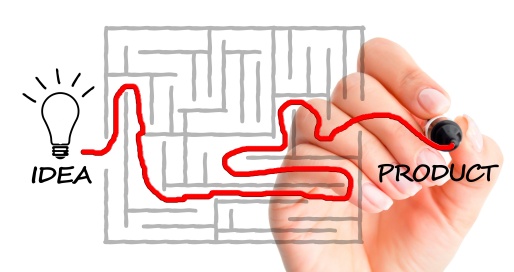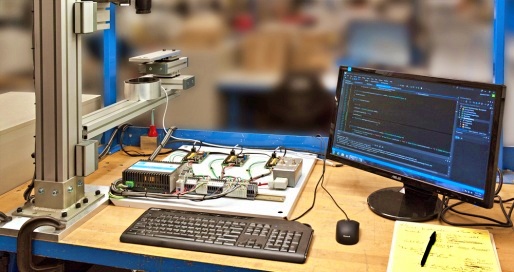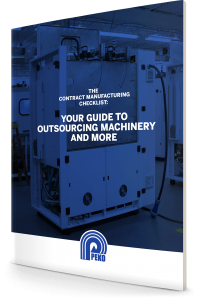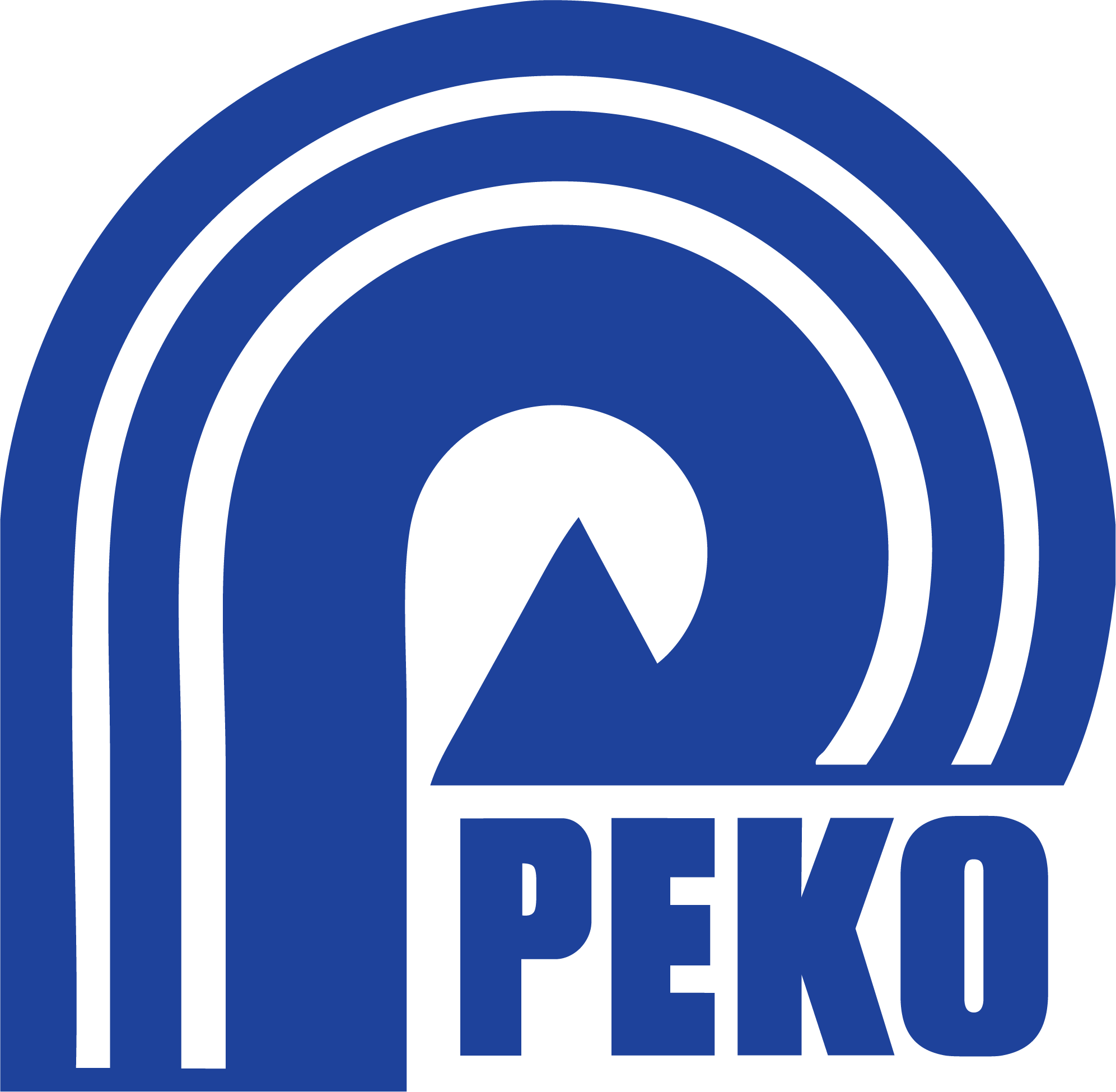
A great idea is behind any new product. But if you’re an entrepreneurial or startup company, one product likely won’t be enough to satisfy the itch. In these cases, you’ll probably want to embark on a range of products that will allow you to continue innovating while also sustaining your business. In fact, according to Inc., developing a product line is one way to multiply your rate of growth as an entrepreneur.
But, developing a whole line may seem overwhelming, so in this article we’ll break down the steps needed to develop a complete product line and take it to market. We’ll also explain why a contract manufacturer could be the best partner for the journey.
Step 1: Identify Customer Needs
Every great idea starts somewhere. Often, it arises from a customer need, and the only way to understand your audience’s need is to ask. So, to start your product development process, you’ll need to define your target user. Ask questions like, “Who are they?” “What do they like and not like about the offerings currently on the market?” and “What gaps do they see in today’s product offerings?”
A good tool to use for this exercise is a buyer persona, which involves talking with current or prospective buyers about their needs in order to gather as much information about their preferences, habits, and behaviors. With this type of market research, you’ll be able to devise multiple products that will appeal to existing and new customers alike.
Step 2: Validate Design
Before you start to think about developing a product line, you’ll need to validate it. Not only does this require that you conduct some research to gauge feedback from objective audiences, but you should create prototypes that will give potential users a working model to evaluate. If you don’t have the capabilities in-house, you can work with a contract manufacturer who offers engineering and prototype services. These outsourced solutions will help you build functional prototypes of your product line to test the feasibility of your designs – the “does it work?” stage. After some tweaking, your contract manufacturer can turn your concepts into reality.

PEKO offers full-service new product introduction and production contract manufacturing services focused on your key metrics of price, quality, and delivery.
“Even when customers come to PEKO with a fully designed idea, our engineers still go through this refinement process before manufacturing plans take place,” explained NPI Engineering Manager, James Dawson.
Step 3: Plan Production
Once you have developed physical prototypes of your product that stakeholders and potential buyers embrace, the next step is to get your product line into production and out the door. But that requires its own set of strategic steps. For starters, you’ll have to build the supply chain and logistics for your new product.

Depending on the capabilities of the contract manufacturer you chose to partner with for your prototypes, they may be able to also provide additional program management services, such as material sourcing, certification, shipping, warehousing, and so on. During this stage, you’ll also want to have a firm grasp on what it will cost for you to develop your product line and what you need to charge to meet your ideal gross margin. At this point, you should also plan your go-to-market strategy.
Step 4: Produce & Test
This is it: the moment you’ve been waiting for. You’re ready for the first production build of your product line! At this stage, the designs of your products are “frozen,” meaning the drawings have been formally released and configuration control is implemented. Quality systems are also in place to make sure each completed unit consistently meets your and your customers’ standards. And final testing and regulatory requirements are approved.

Product quality testing station in PEKO’s New Product Introduction engineering lab.
Once you get through this run, you’ll want to work on scaling your product line by optimizing operations and looking for ways to improve production efficiencies that can enhance quality, reduce lead times and lower costs – all to gain a competitive advantage in the market.
Step 5: Continue to Fill the Pipeline
Markets change quickly and you’ll want to have a product line that can adapt quickly. One way to stay relevant is to hone your products. So, for example, you may already have a good product, but it could just use a little tweaking to make it into a great one. If you’re looking for future ideas for your product line, existing products are a great place to start.
Evaluate what’s currently available and see how you may be able to adapt a product into one or more offerings. Can you combine two products into one? Can you modify an item with a better design? Can you substitute different materials or colors or sizes? Often, just by looking to transform an existing product, you’ll be able to come up with more possibilities to keep your product line fresh.
 Managing processes, ordering parts and coordinating manufacturing duties is an exhausting and expensive process. Many small companies, startups, and even large companies choose to enter a contract with a contract manufacturer since it can be far less expensive than handling the manufacturing themselves.
Managing processes, ordering parts and coordinating manufacturing duties is an exhausting and expensive process. Many small companies, startups, and even large companies choose to enter a contract with a contract manufacturer since it can be far less expensive than handling the manufacturing themselves.
Full-service, vertically integrated contract manufacturers, like PEKO, have the experience and sound infrastructure to manufacture goods for other companies, which allows the companies to focus their efforts on marketing and selling their products. If you’re looking for a contract manufacturer to help you develop a product line, download our checklist to find the right partner.








